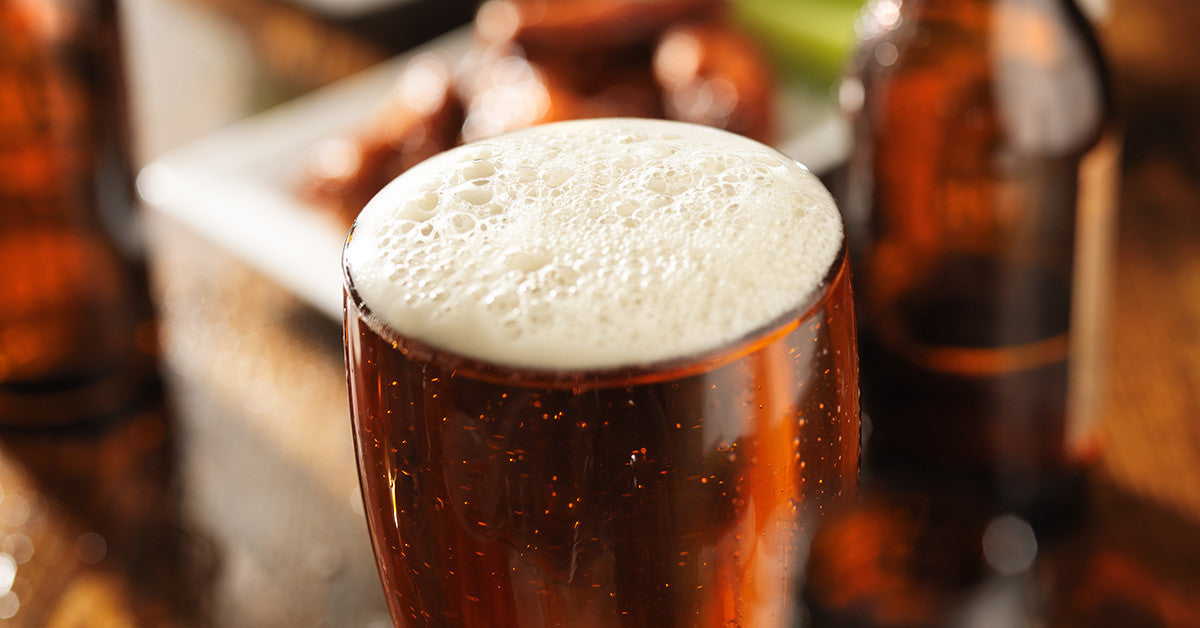Boxing weekend sale! Save up to $700! Shop now Our products ship tariff free

Small Batch Beer: Ales VS Lagers
February 07, 2017 3 min read
So You Want To Brew Small Batch Beer?
All across the country, thousands of people are discovering the joys of home brewing. Since the mid-1970’s home brewing has risen in popularity and, as a result, has elevated the craft beer industry in the United States to levels not seen since before prohibition was enacted in the early 20th century. Here at Brau Supply, we love the fact that small batch, home brew operations are as popular as they are. Not only does it keep us in business, but it has given birth to a beer culture that doesn’t look to be going away anytime soon. In today’s post, to help those who are entering the small batch brewing game, we thought we would give a little more information on the two types of beer.
There are Only Two Types of Beer? What?
That’s right, dear reader, there are actually only two types of beer in the entire world. This may be a bit confusing, considering there are multiple styles of beer, but allow us to explain. Beer falls into one of two categories, ales or lagers. That’s right, every beer you have ever consumed has been one of these two types of beer. Below we have listed a brief description of each style.
Alright, now that we have given a brief bit of information about the two types beers, we’re going to get down to what actually differentiates an ale from a lager.
It’s All About the Heat, Yeast, and Fermentation Time
In a nutshell, the only difference between ales and lagers are the heat and the yeast used during the fermentation process. Ales, are fermented at relatively warm temperatures, between 60-100 degrees Fahrenheit depending upon the type of ale. Lagers, on the other hand, ferment best at around 45 - 55 degrees Fahrenheit. Additionally, ale yeast is known to rise to the top of the beer after the fermentation process is completed, whereas lager yeast is more likely to settle at the bottom of the fermentation vessel near the wort. The final difference between ales and lagers is the fermentation time. Ales can be fermented in just a few weeks, whereas lagers must be “lagered” for a period of 1-3 months depending on the desired taste. For this reason, alone, ales have become the most popular style of beer because they allow brewers to make more beer in less time.
Which Style Should I Brew for My First Small Batch?
While we aren’t big on telling people what to do or not do, we here at Brau highly recommend that if you are making your first small batch production you stick with an ale. Not only are ale recipes and ingredients more readily available to the average homebrewer, producing an ale will take far less time than producing a lager. Additionally, temperature control during the lagering process can be tricky for new brewers, and we would hate for you to wait months to try your first small batch beer only to find that the temperature wasn’t regulated correctly leading to a bad batch.
When you’re ready to get started making your first small batch beer, visit the Brau Supply website today. Our all-in-one home brewing systems make brewing a breeze.
More articles how to brew beer
The ultimate guide to Kveik yeast: Unleashing it's fermentation potential
Revolutionizing home brewing: The simplified art of no sparge brewing
Exploring amber ales: A guide with a twist on the traditional recipe
Mastering cold crashing: Enhancing beer clarity and accelerating the aging process
What is the basic function of the fermenter?
What causes a fermenter to heat up?
The art of lagering: A guide to perfecting the cold conditioning process
Troubleshooting fermentation problems in brewing: A comprehensive guide
Subscribe
Sign up to get the latest on sales, new releases and more …


